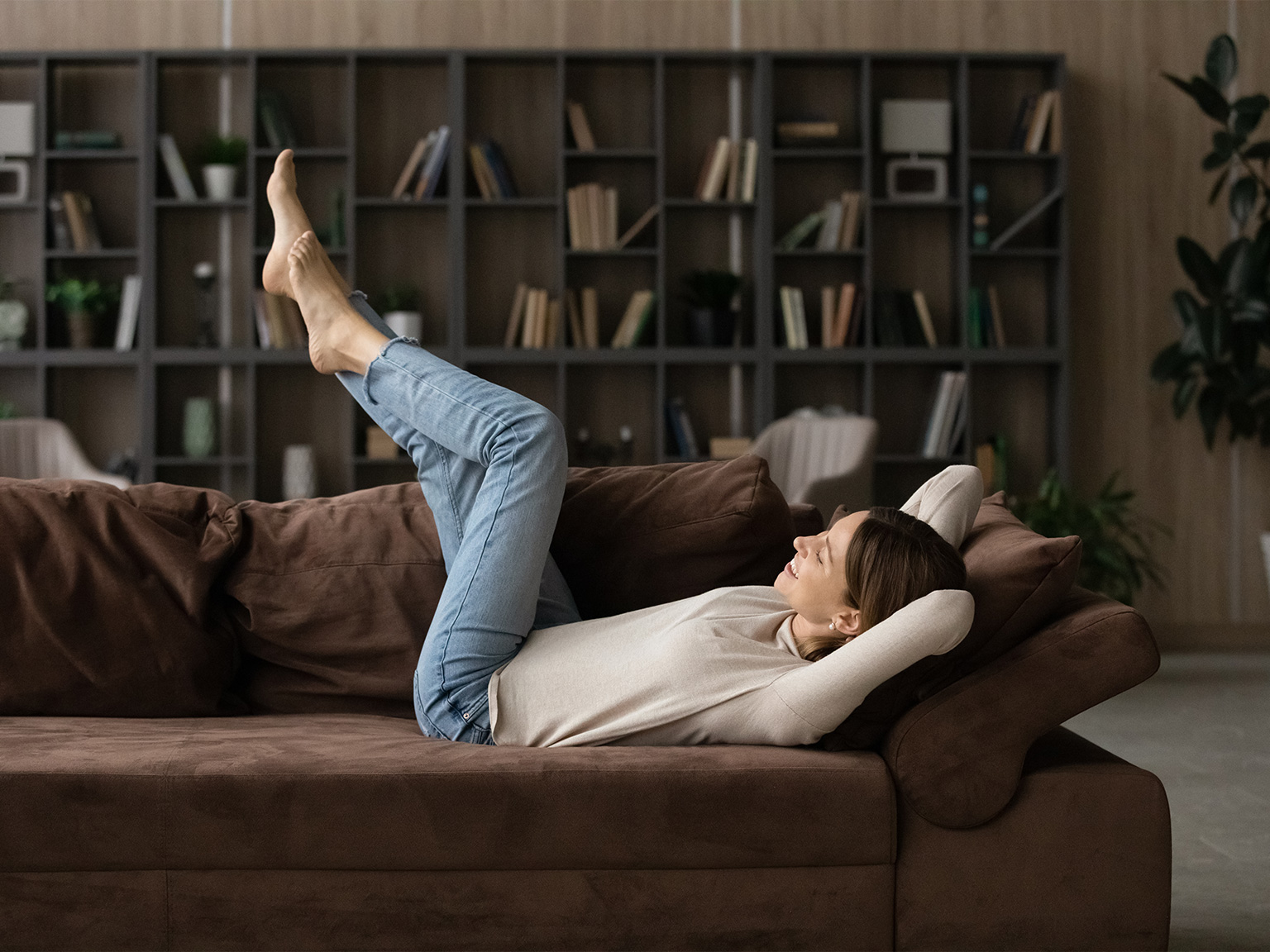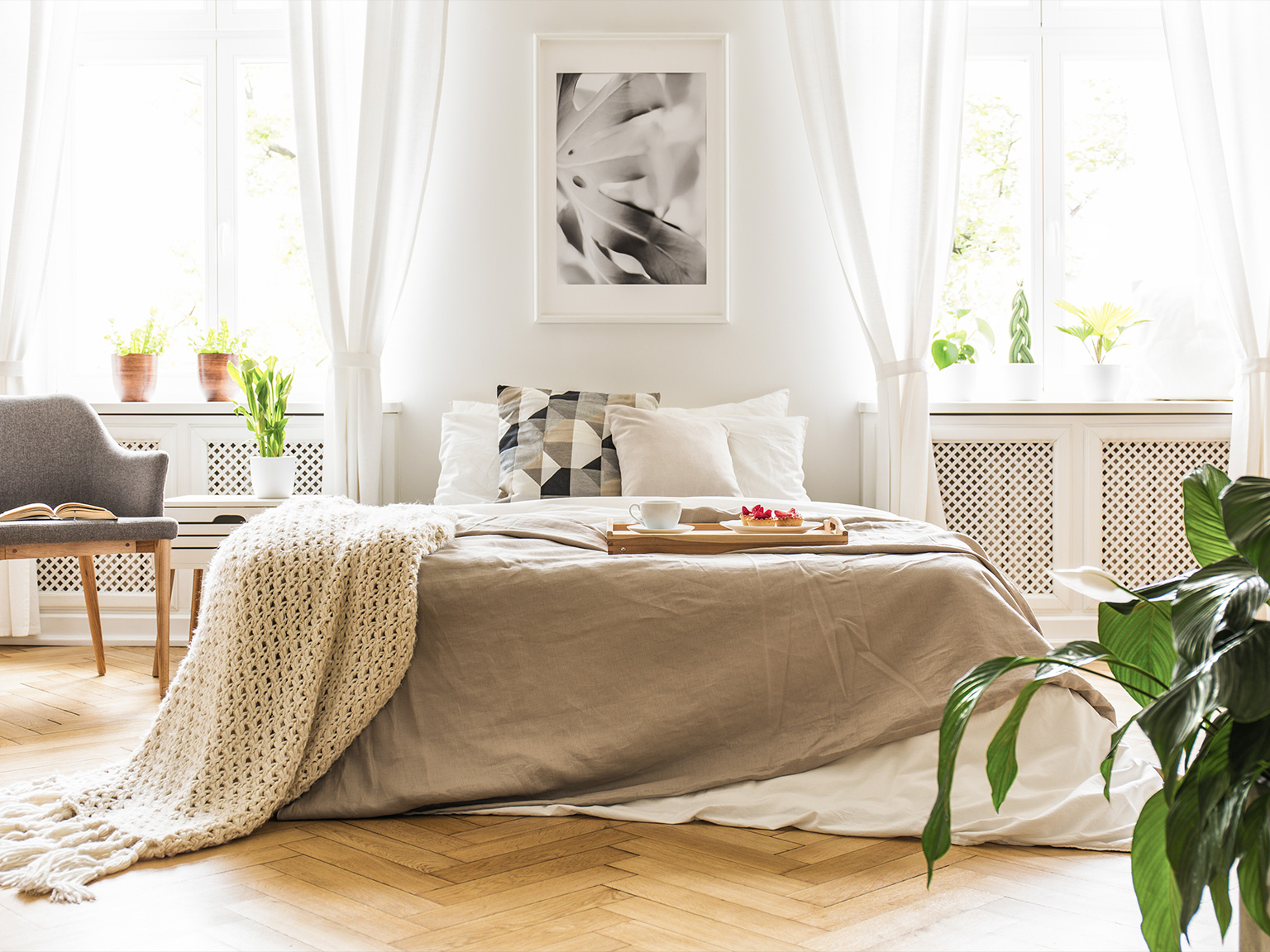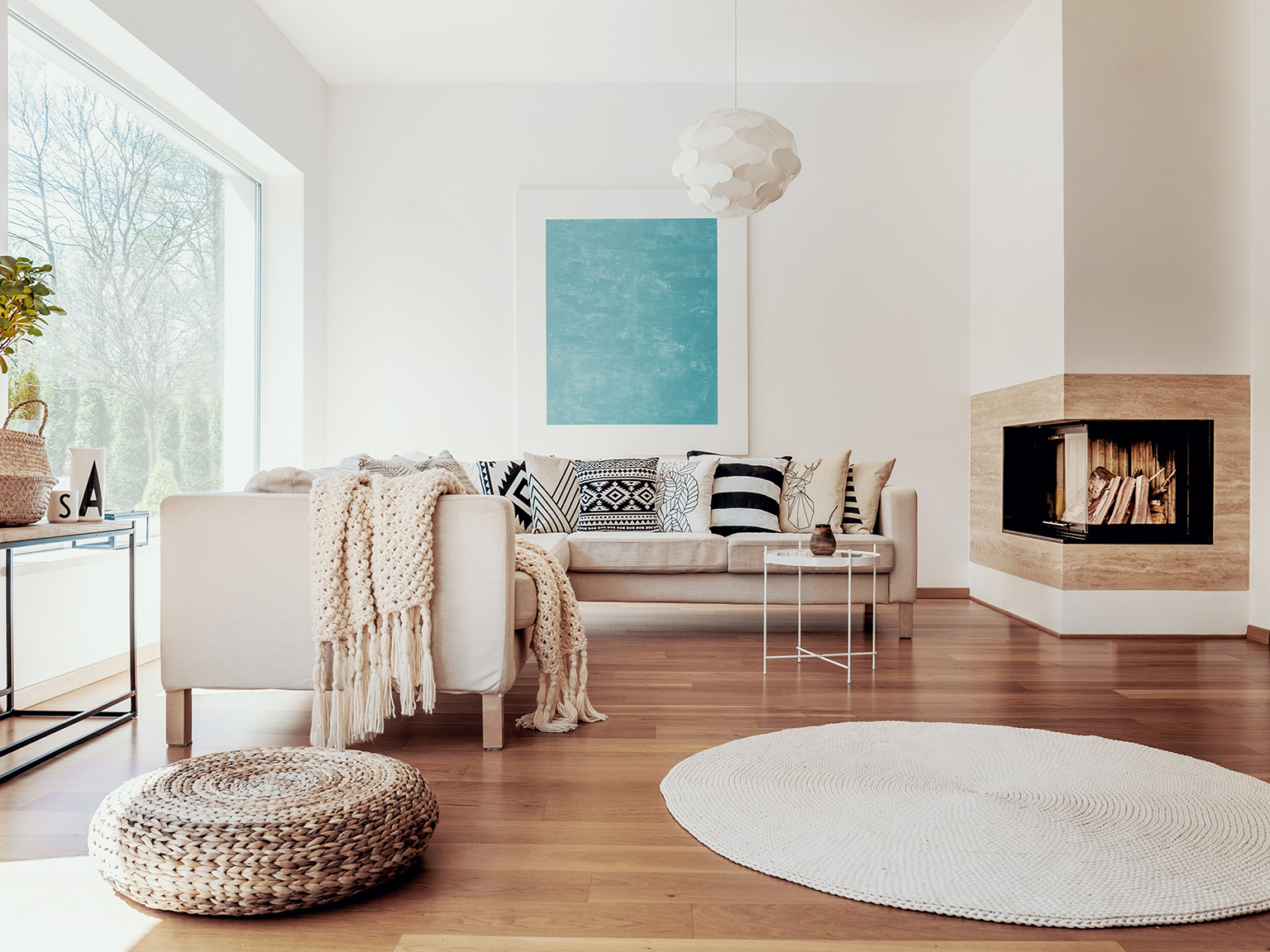Why passive houses are the way forward

As we’re becoming increasingly conscious of our environmental impact, and the ways in which we can reduce our energy use, passive houses are gaining popularity in Australia.
Originating in Europe almost 30 years ago, passive houses boast up to 90% in savings on heating costs. With such a huge difference in cost from conventional homes, it can seem too good to be true. So how do passive houses manage to achieve such a huge energy saving?
How do passive houses work?
Passive houses are more energy efficient because they’re constructed to prevent the heat loss experienced in conventional homes. By ensuring proper insulation, sealing in air and preventing heat from escaping, passive houses are able to better control heat energy loss, minimising the need for conventional heating and cooling systems.
What are some of the benefits of passive houses?
While it may seem a daunting step away from what we’re used to, passive houses offer a whole list of benefits over conventionally built homes, including:
- Promoting healthier indoor air
- Heavily reduced energy bills
- Improved fire resistance
- Better regulated temperature
- Improved comfort
Here are the 5 integral principles to passive house design.
1. Mechanical ventilation with heat recovery
You may be wondering how passive houses are ventilated. Although it can sound like you’ll just be creating a giant greenhouse or sauna to boil in, this is a common misconception. Passive houses are actually very well – and efficiently – ventilated. Think of it like this – passive houses are about controlled ventilation, rather than uncontrolled heat loss.
Using heat recovery systems, we can control ventilation of air pollutants and smells, but also humidity, protecting your home from the negative effects of unwanted moisture. At Vaccaro, our team of experts can help you with installing heat recovery systems in your home.
2. Proper insulation
When talking about passive house design, you’ll often hear the term ‘thermal envelope’ or ‘building envelope’. This refers to the physical shell of a building that protects the interior from outdoor elements. Think walls, ceilings, floors, windows and doors. Part of what makes passive houses so energy efficient is that all parts of this thermal envelope are very well insulated.
3. Airtight construction
Having airtight construction ensures that the heat in your home won’t escape. Passive houses are designed with a continuous air-sealed layer that helps in controlling not only heat energy loss, but also unwanted heat gain and the infiltration of pollutants.
4. No thermal bridging
Thermal bridges or thermal bypasses are paths in your home where heat transfer can occur easily because of a lack of resistance. This might be due to a break in the insulation, or an element such as timber penetrating the insulation causing heat loss. Passive houses utilise advanced framing techniques and improved insulation, among other methods, to create thermal-bridge free designs.
5. Improved windows
Passive houses need windows which have low thermal conductivity (the rate that heat is transferred). Triple-glazed windows or efficient double-glazed windows are usually used in passive houses, with specially coated glass and materials. The placement of windows in passive houses is also a significant factor in optimising heat. Windows in passive houses should be placed where they will receive the most sunlight.

What are the disadvantages of passive houses?
One of the initial disadvantages of investing in a passive house is the higher upfront cost. Passive houses tend to have anywhere from a 3 to 10% higher cost than conventional homes in the initial build. On the flipside of this, of course, is the long-term energy cost savings.

Taking inspiration from passive house design
Even if you can’t afford to invest in a completely passive house right now, it’s worth exploring a combined approach. By incorporating some of the passive housing principles with other energy-saving methods, such as solar, you’ll still be cutting long-term costs and contributing to much more sustainable living long-term. For example, our electrical specialists can set your home up with electrical power connections, such as solar or electrical car charging stations.
Find out how we can help you with heat recovery ventilation installation for your passive house.
Get in touch with us today
